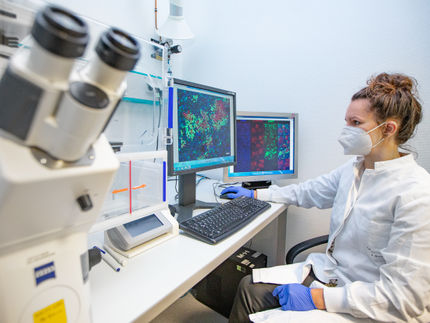Recombinant and Prophylactic Treatments Boost Global Haemophilia Therapeutics Market
Haemophilia B segment will see high growth over the forecast period, finds Frost & Sullivan
Increased uptake of recombinant therapies and prophylactic use, coupled with improved diagnosis of haemophilia, is expected to drive the associated therapeutics market. Recombinant therapies are likely to command a premium price and fuel growth in developed markets, while heightened access to treatment and larger patient volumes due to more funding for critical care are anticipated to contribute to demand in emerging markets.
New analysis from Frost & Sullivan, Global Haemophilia Therapeutics Market, finds that the market earned revenues of $9.98 billion in 2014 and estimates this to reach $13.43 billion in 2019. The study covers haemophilia A and Von Willebrand disease (factor VIII/von Willebrand factor), haemophilia B (factor IX), inhibitors (factor VIIa), and novel therapies in the pipeline.
Currently, plasma-derived therapies account for nearly 30 percent of haemophilia A therapeutics sales, 41 percent of haemophilia B therapeutics sales, and 25 percent of the inhibitors market. Over time, however, adults are likely to switch to prophylaxis therapies due to the lucrative benefits offered by these long-lasting products compared to plasma-derived products.
“The haemophilia B segment is set to gain traction as newer products are far more convenient than established therapies,” said Frost & Sullivan Healthcare Industry Analyst Aiswariya Chidambaram. “In contrast, the haemophilia A segment could lose some pace, with none of the recently launched or pipeline FVIII therapies able to extend product half-life by more than 60 percent.”
With several new recombinant products in the market, a rise in price pressure is anticipated. This, along with negotiated discounts in emerging markets, could hamper the development of the global haemophilia therapeutics market.
Newer recombinant therapies will gradually capture share from leading players, posing more of a long-term threat to the market. This is because market entrants such as Biogen Idec / SOBI do not have well-established marketing/sales teams or good relationships with haematologists unlike global big pharma companies.
“Although several products for bleeding disorders are expected to be introduced in the next few years, most of them are being developed by current manufacturers,” noted Chidambaram. “While the majority of companies strive to improve recombinant factor replacement based on novel technologies, very few companies are exploring completely different approaches to develop haemophilia therapies.”
Most read news
Organizations
Other news from the department business & finance

Get the life science industry in your inbox
By submitting this form you agree that LUMITOS AG will send you the newsletter(s) selected above by email. Your data will not be passed on to third parties. Your data will be stored and processed in accordance with our data protection regulations. LUMITOS may contact you by email for the purpose of advertising or market and opinion surveys. You can revoke your consent at any time without giving reasons to LUMITOS AG, Ernst-Augustin-Str. 2, 12489 Berlin, Germany or by e-mail at revoke@lumitos.com with effect for the future. In addition, each email contains a link to unsubscribe from the corresponding newsletter.





















































